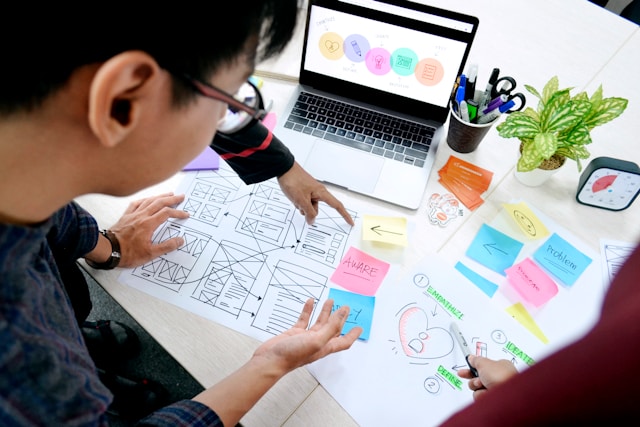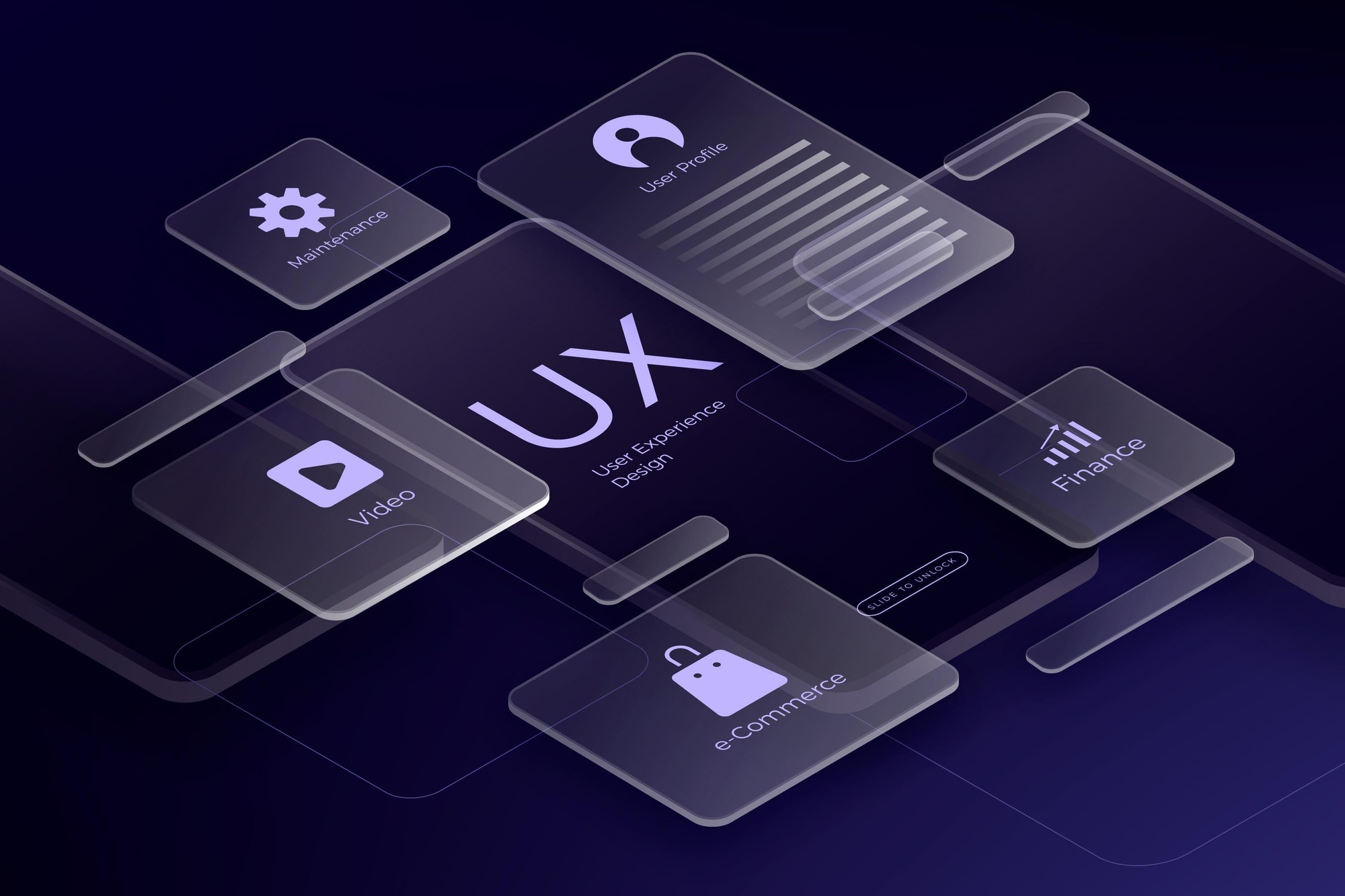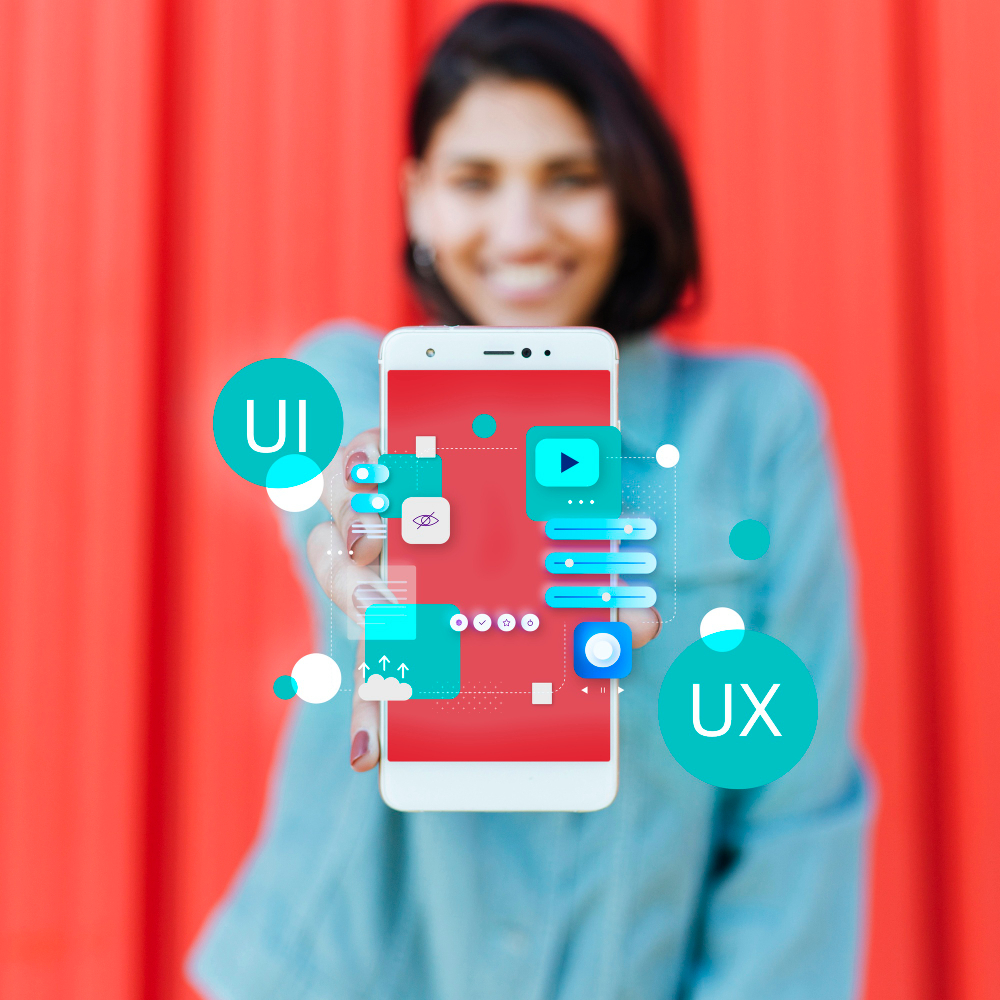Look, I’m going to be straight with you. After working with hundreds of businesses over the past decade and a half, I’ve seen this confusion play out way too many times. Someone calls asking for “UI UX design services,” and when I dig deeper, they’re not even sure what they’re asking for.
Last month, a startup founder told me their app was “failing because the UX sucks.” When I looked at it? The user experience was actually pretty solid – people could find what they needed and complete tasks without much friction. But the interface looked like something from 2010. Users took one look and assumed the whole product was outdated.
That’s the thing about UI and UX – they’re joined at the hip, but they solve completely different problems.
UI is What Your Users Judge You By (Whether You Like It or Not)
User Interface design is everything your customers see and interact with. The buttons, colors, fonts, layouts – basically, the “face” of your digital product.
Here’s something that might sting a bit: users make judgments about your entire business within the first 50 milliseconds of seeing your interface. Before they’ve read your value proposition. Before they understand your features. Before they even know what you’re selling.
I learned this the hard way working with a fintech client a few years back. They had this incredibly sophisticated AI-powered financial analysis tool – like, genuinely impressive technology. But their website UI design looked like it was cobbled together by someone’s nephew over a weekend. Potential clients would land on the homepage and bounce immediately.
We’re talking about losing qualified leads because the visual design didn’t match the quality of the product underneath.
What makes UI actually work:
- Visual hierarchy that guides attention naturally (not random color explosions)
- Consistent design patterns that build user confidence
- Interactive elements that respond the way people expect them to
- Typography that’s actually readable (shocking concept, I know)
- Loading states that keep people engaged instead of wondering if something’s broken
The tricky part? Good UI isn’t about following the latest design trends or making everything look “cool.” It’s about creating visual experiences that support your business goals while meeting user expectations.
I’ve seen companies spend fortunes on trendy animations and fancy graphics, only to watch their conversion rates tank because users couldn’t figure out how to actually use the product.
UX is the Strategy That Makes or Breaks Everything
User Experience design is the invisible architecture that makes your product work. It’s the flow, the logic, the “why does this button exist here” thinking that happens before anyone touches Photoshop.
UX designers are basically digital psychologists. They’re constantly asking: How do people think about this problem?  What’s the most natural way someone would try to solve this? Where do people get confused, and how do we fix that before it becomes a problem?
What’s the most natural way someone would try to solve this? Where do people get confused, and how do we fix that before it becomes a problem?
I remember working with this SaaS company that had beautiful interfaces – like, award-winning visual design. But their user onboarding was a disaster. New users would sign up, get overwhelmed by too many options, and abandon the product within 48 hours.
The CEO kept saying “but it looks so professional!” Sure, it looked great. But the underlying experience was fundamentally broken. No amount of pretty colors could fix the fact that users didn’t understand how to get value from the product.
UX strategy covers:
- Understanding user behavior and motivations (through actual research, not assumptions)
- Information architecture that makes sense to humans, not just developers
- User flows that match how people actually think and work
- Accessibility considerations (because excluding users is bad business)
- Performance optimization (slow = dead in today’s world)
The frustrating thing about UX? When it’s working perfectly, users don’t notice it. They just accomplish their goals efficiently and feel good about the interaction. But when UX is broken, everyone notices – usually by leaving and never coming back.
Why You Can’t Cherry-Pick One Over the Other
Here’s where I see businesses mess up constantly – they try to prioritize one over the other, or they assume hiring a “designer” automatically gets them both.
I’ve consulted with companies that spent months perfecting pixel-perfect interfaces while completely ignoring user research. The result? Gorgeous products that nobody wants to use.
On the flip side, I’ve seen products with solid UX thinking but interfaces that look like they were designed in 1999. Users could accomplish their goals, but the dated appearance made them question the company’s credibility and innovation.
The reality check: In today’s competitive landscape, you need both. Great UI attracts users and builds initial credibility. Great UX keeps them engaged and converts them into paying customers.
Think about the apps you actually enjoy using. I bet they nail both the visual appeal and the functional experience. That’s not a coincidence.
The Business Impact (Because Pretty Designs Don’t Pay Bills)
Let’s talk numbers for a minute. Companies that invest properly in comprehensive UI UX design services see real, measurable improvements:
- Customer acquisition costs drop (because fewer people bounce immediately)
- Conversion rates improve (because users can actually figure out how to buy)
- Support tickets decrease (because interfaces make sense)
- User retention increases (because good experiences create loyal customers)
For businesses targeting both US and Indian markets, this becomes even more critical. You’re competing with companies that have dedicated design teams and serious budgets for user experience optimization.
But here’s the good news – you don’t need a massive team to get this right. You need the right strategy and execution partner.
Myths That Are Costing You Money
“Our developers can handle the design stuff” – Look, I love developers. Some of my best friends are developers. But technical skill and design thinking are completely different skill sets. Great developers build functionality; great designers optimize human interaction with that functionality.
“We’ll fix the design after we launch” – This is like saying you’ll install the foundation after building the house. Retrofitting good UX onto existing architecture costs exponentially more than doing it right from the beginning.
“Users will adapt to our interface” – No, they won’t. They’ll use your competitor’s product instead. User behavior research consistently shows that people abandon confusing interfaces within seconds.
“Responsive web design is enough” – Basic mobile responsiveness was table stakes five years ago. Today’s responsive web design India practices have evolved to include contextually appropriate experiences across devices, not just shrunk-down desktop layouts.
I had a client who insisted users would “learn” their complex interface because the product was so valuable. Six months later, they came back asking for a complete redesign because customer churn was killing them.
How to Choose the Right Design Partner (Without Getting Burned)
Whether you’re looking for a UX UI design company in the US or working with a UX UI design company in Coimbatore, certain principles apply. 
Green flags to look for:
- They ask detailed questions about your business goals before talking about design
- Portfolio shows measurable results, not just pretty pictures
- Clear, documented process that includes user research
- Experience working with businesses similar to yours
- They can explain design decisions in business terms, not just design jargon
Red flags to run from:
- Promises of quick fixes without understanding your users
- Separate UI and UX into completely different projects
- Can’t show you actual performance improvements from previous work
- Focus only on visual updates without considering user behavior
If you’re considering website redesign services, don’t just focus on making things look newer. The most successful website redesign services in Coimbatore and beyond address both interface improvements and underlying experience problems.
I’ve seen too many businesses get burned by agencies that deliver beautiful designs that don’t actually solve user problems.
The Modern Reality: AI Changes Everything (But Not How You Think)
The digital landscape has shifted dramatically in the past couple of years. Users are interacting with AI-powered interfaces daily – ChatGPT, recommendation engines, smart assistants. Their expectations aren’t just higher; they’re fundamentally different.
But here’s what’s interesting: while the technology gets more sophisticated, users actually expect interfaces to become simpler and more intuitive. They want the complexity handled behind the scenes.
For companies building custom AI agents or AI-powered applications, this creates both opportunities and challenges. Users expect intelligent behavior, but they also want transparency and control.
I’m working with several clients right now who are integrating AI features into existing products. The biggest challenge isn’t the AI itself – it’s designing interfaces that make complex AI capabilities feel natural and trustworthy.
Making the Investment Decision (Without the Corporate Nonsense)
Here’s the bottom line, and I’m going to give this to you straight: UI and UX aren’t optional nice-to-haves anymore. They’re competitive advantages that directly impact your customer acquisition, retention, and revenue.
The companies winning in today’s market aren’t necessarily the ones with the most features or the lowest prices. They’re the ones creating experiences that users actually want to engage with repeatedly.
I see this playing out every day. Companies with inferior products but superior user experiences are beating technically superior competitors. It’s frustrating for the engineers, but it’s reality.
Whether you’re building custom AI agents, developing mobile applications, or optimizing existing web platforms, the question isn’t whether you can afford to invest in proper design. The question is whether you can afford the opportunity cost of not investing.
Your users have endless choices. Every interaction they have with your product is either building loyalty or pushing them toward alternatives. Make sure your interface and experience give them compelling reasons to stick around.
That’s the real difference UI and UX make – not just to your product metrics, but to your actual business survival in an increasingly competitive market.
Because at the end of the day, users don’t care how clever your code is or how innovative your business model is. They care about whether your product helps them accomplish their goals without making them feel stupid.
Get that right, and everything else becomes easier.



